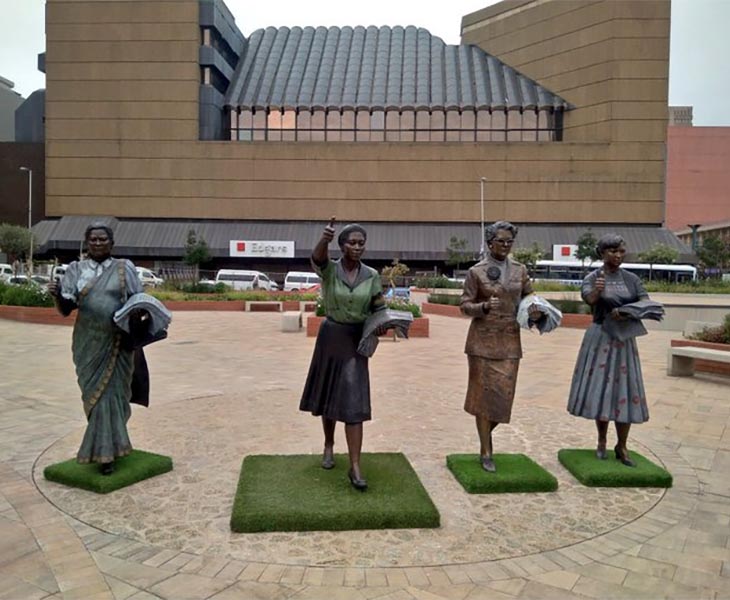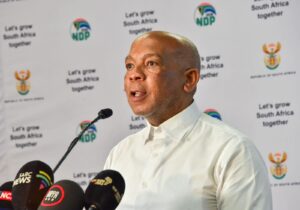Every year on the 9th of August, South Africa pauses to remember a pivotal moment in its history. This date marks the day when 20,000 women, undeterred by the colour of their skin, marched to the Union Buildings in Pretoria. Their mission? To voice their dissent against proposed changes to the Apartheid laws.
August, in South Africa, is not just about a single day. It’s an entire month dedicated to the memory of those brave women who stood against Apartheid. But it’s also a month where the nation celebrates the resilience, beauty, and strength of its contemporary women.
Delving into the Past: The 1956 Women’s Day March
On a Thursday in August 1956, a sea of 20,000 women converged on the Union Buildings in Pretoria. Their grievance was against the Pass Laws Act, a piece of legislation that mandated people of colour to always have an identification document or ‘pass’. This law was more than just an ID requirement; it was a tool to control and limit the movement of non-white South Africans. Those without a pass were denied entry to areas designated for whites only.
This monumental protest was orchestrated by the Federation of South African Women (FEDSAW). Their vision was clear: amplify the voices of women from every ethnicity and push for a democratic society. The choice of Thursday for the protest was strategic. It was the customary day off for African domestic workers, ensuring a diverse turnout.
As they reached the Union Buildings, the heart of the South African government, these women presented a petition with over 100,000 signatures, opposing the introduction of passes for African women. A poignant moment during this protest was when they stood in silence outside Prime Minister J.G. Strijdom’s office for half an hour. This silence was followed by the powerful song, “Wathint’ Abafazi Wathint’imbokodo!” – a phrase that means “Now you have touched a woman, you have struck a rock.” This sentiment later evolved into the phrase symbolizing the resilience of South African women.
Among the women leading this charge were iconic figures like Fatima Meer, Winnie Madikizela-Mandela, Albertina Sisulu, and Ruth First.
The Federation’s Vision
In 1954, Johannesburg saw the birth of the Federation of South African Women. This was the nation’s first broad-based women’s organization, founded by luminaries like Amina Cachalia, Lillian Ngoyi, Ray Simons, and Helen Joseph.
Their mission was clear: unite South African women to fight for equal opportunities, irrespective of race or creed. They aimed to dismantle social, legal, and economic barriers. Their vision was captured in a Women’s Charter, which demanded equal rights in employment, property, marriage, and children. It also called for paid maternity leave, childcare for working mothers, and free, compulsory education for all South African children.
Honouring Women’s Day Today
The inaugural National Women’s Day was observed on 9 August 1995. A significant moment came in 2006 when a reenactment of the 1956 march was staged to mark its 50th anniversary, with many original participants joining in.
Today, the day serves as a reminder of the ongoing challenges women face, not just in South Africa but globally. From gender-based violence and discrimination to unequal pay and workplace harassment, the issues are manifold. The day also highlights the need for access to sanitary products and equitable access to education.
While National Women’s Day is a uniquely South African observance, its essence resonates with the global spirit of International Women’s Day, celebrated every March 8th. Both days champion the rights and freedoms of women, reminding us of the journey travelled and the path ahead.














